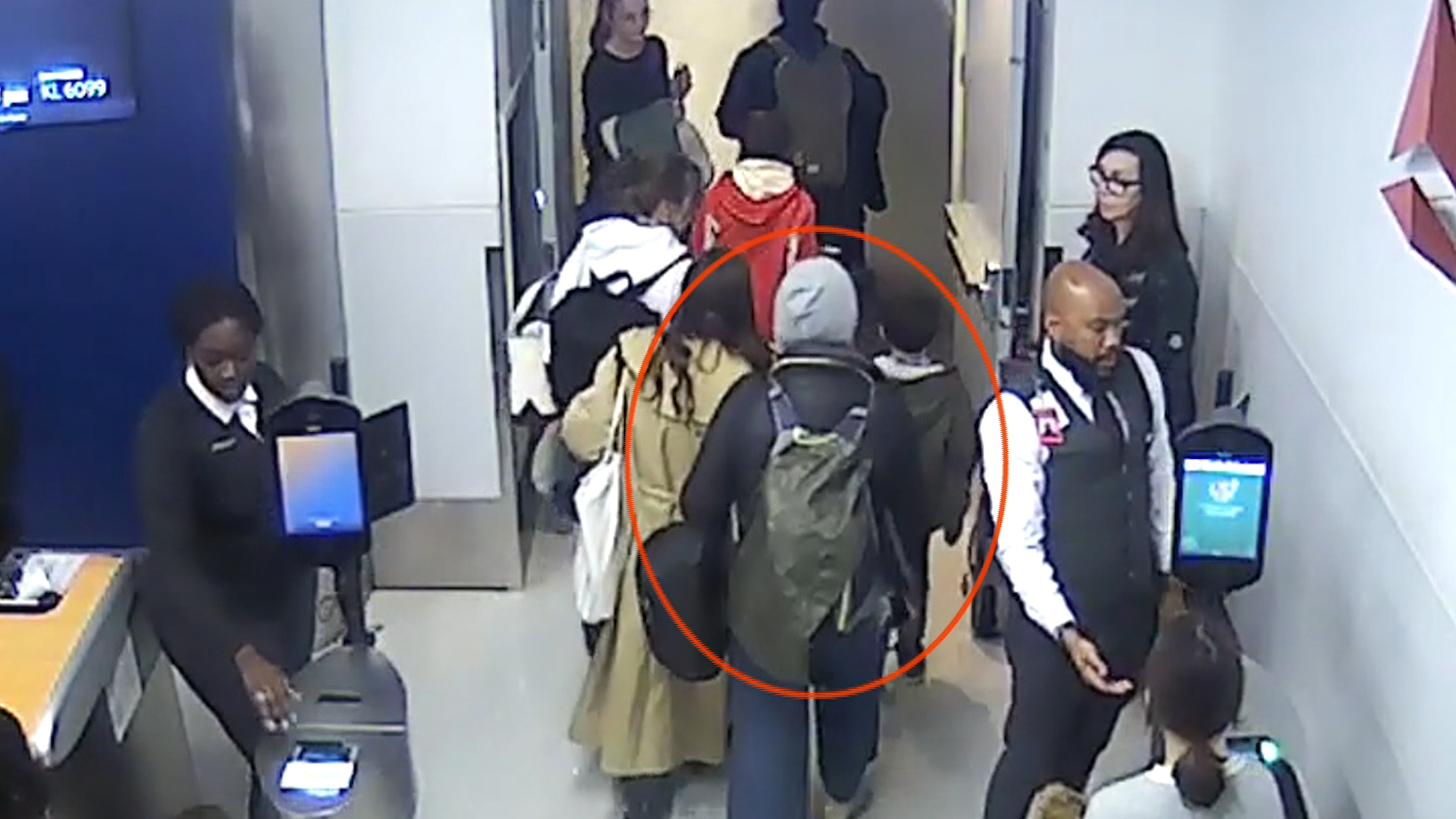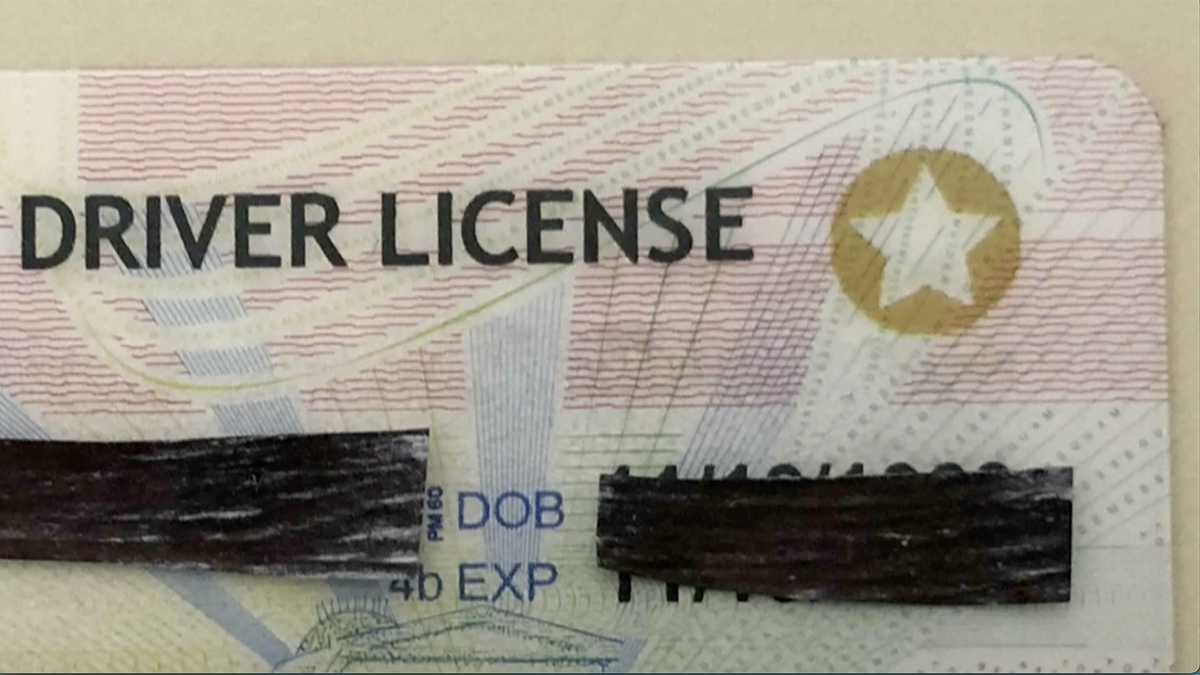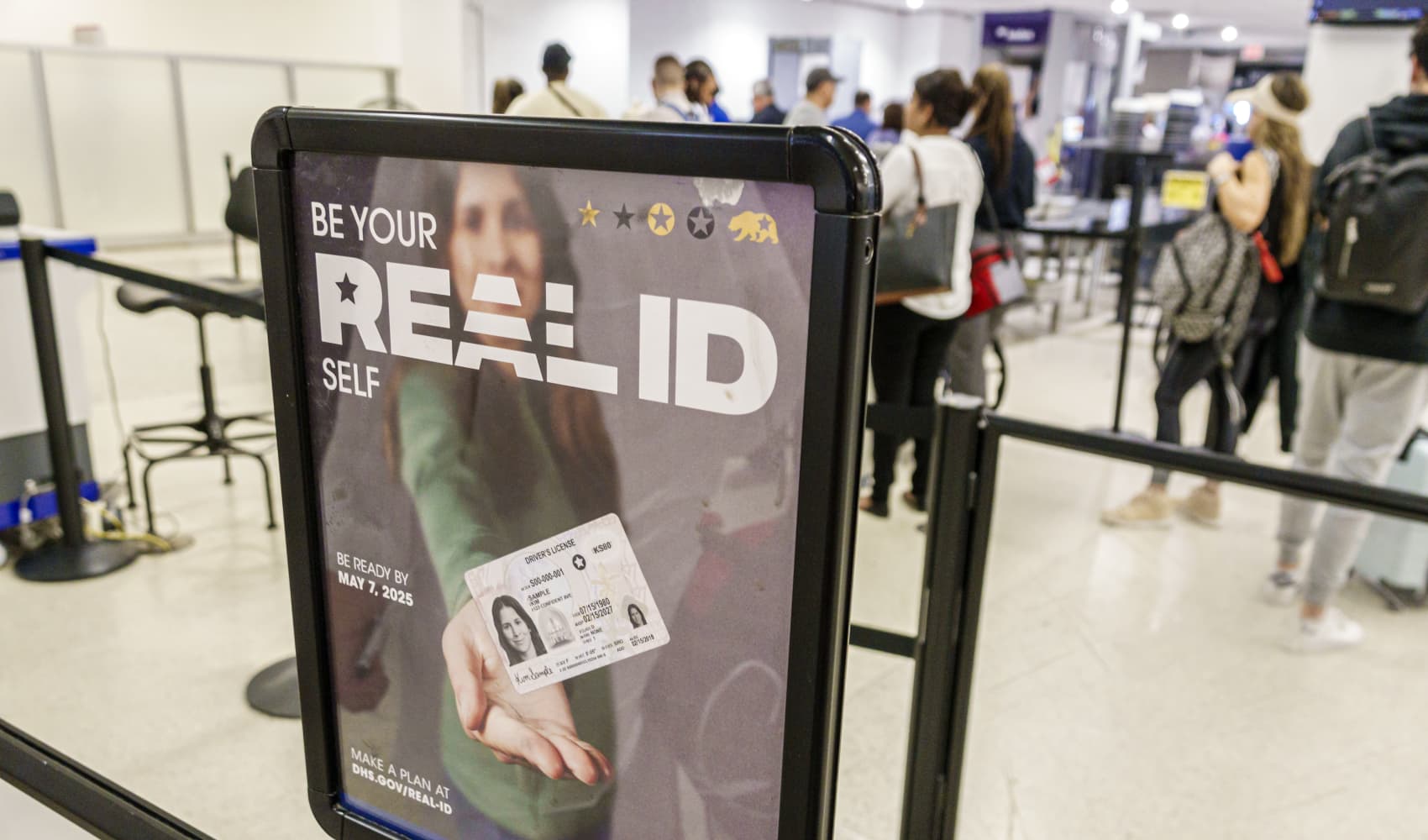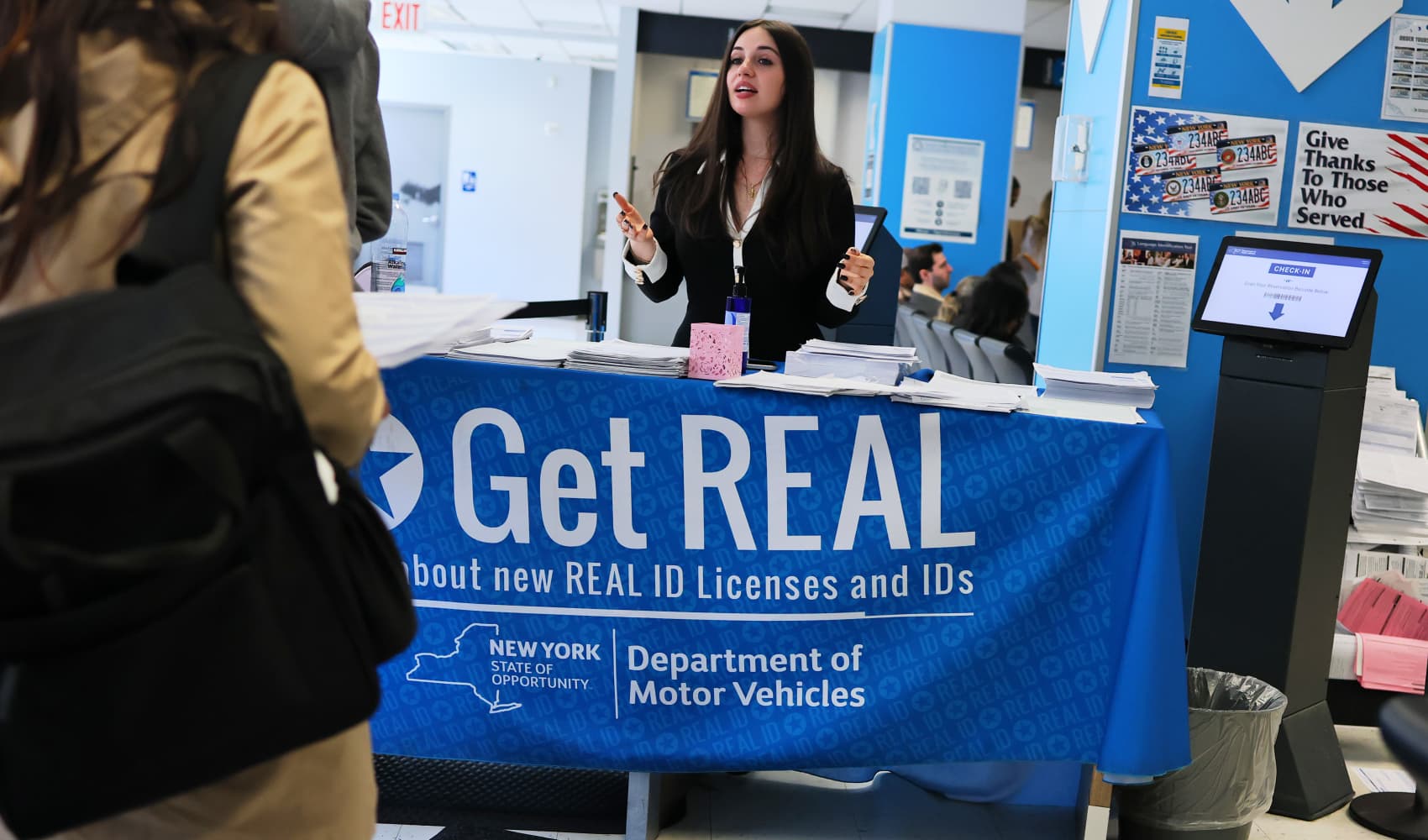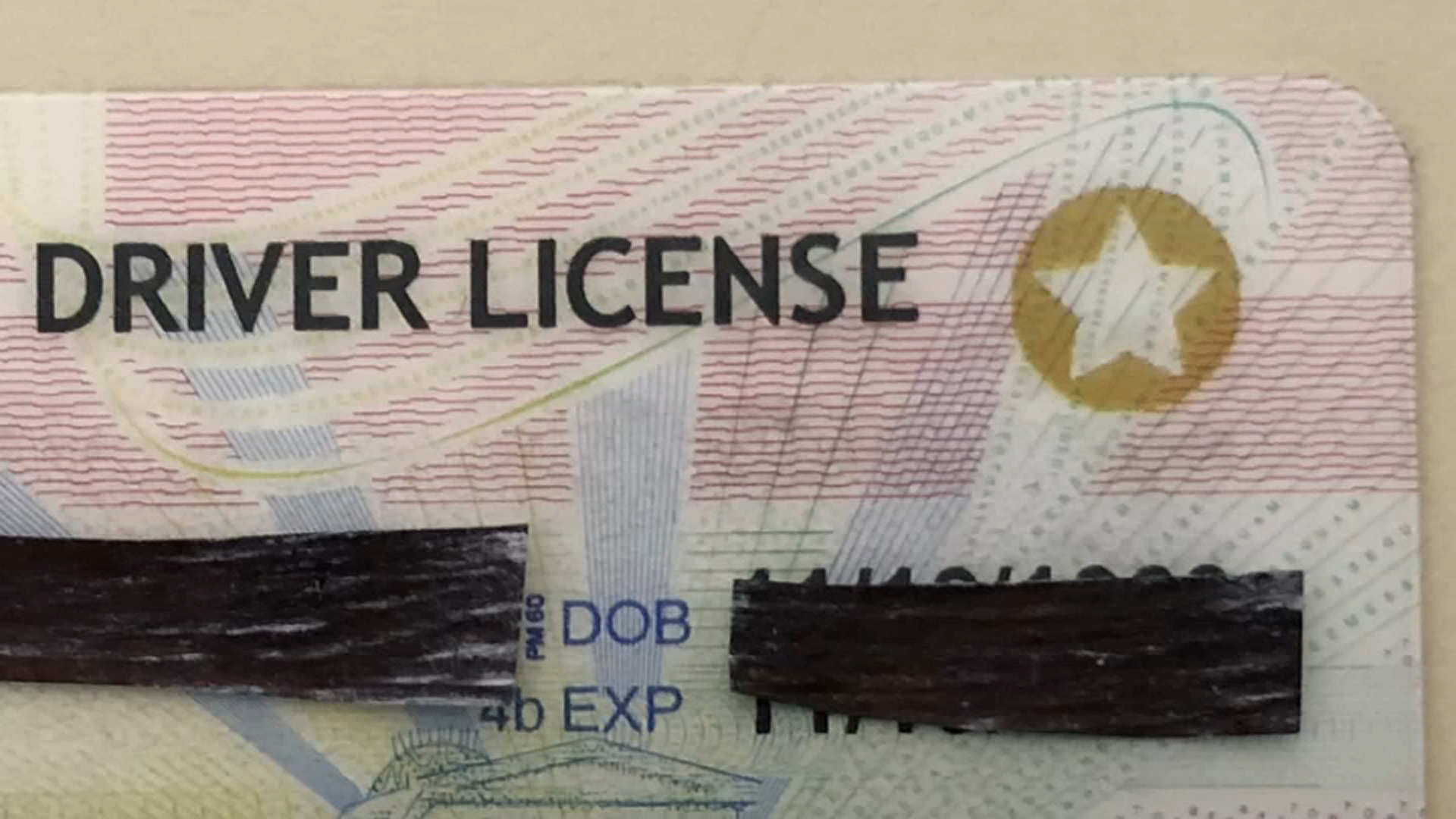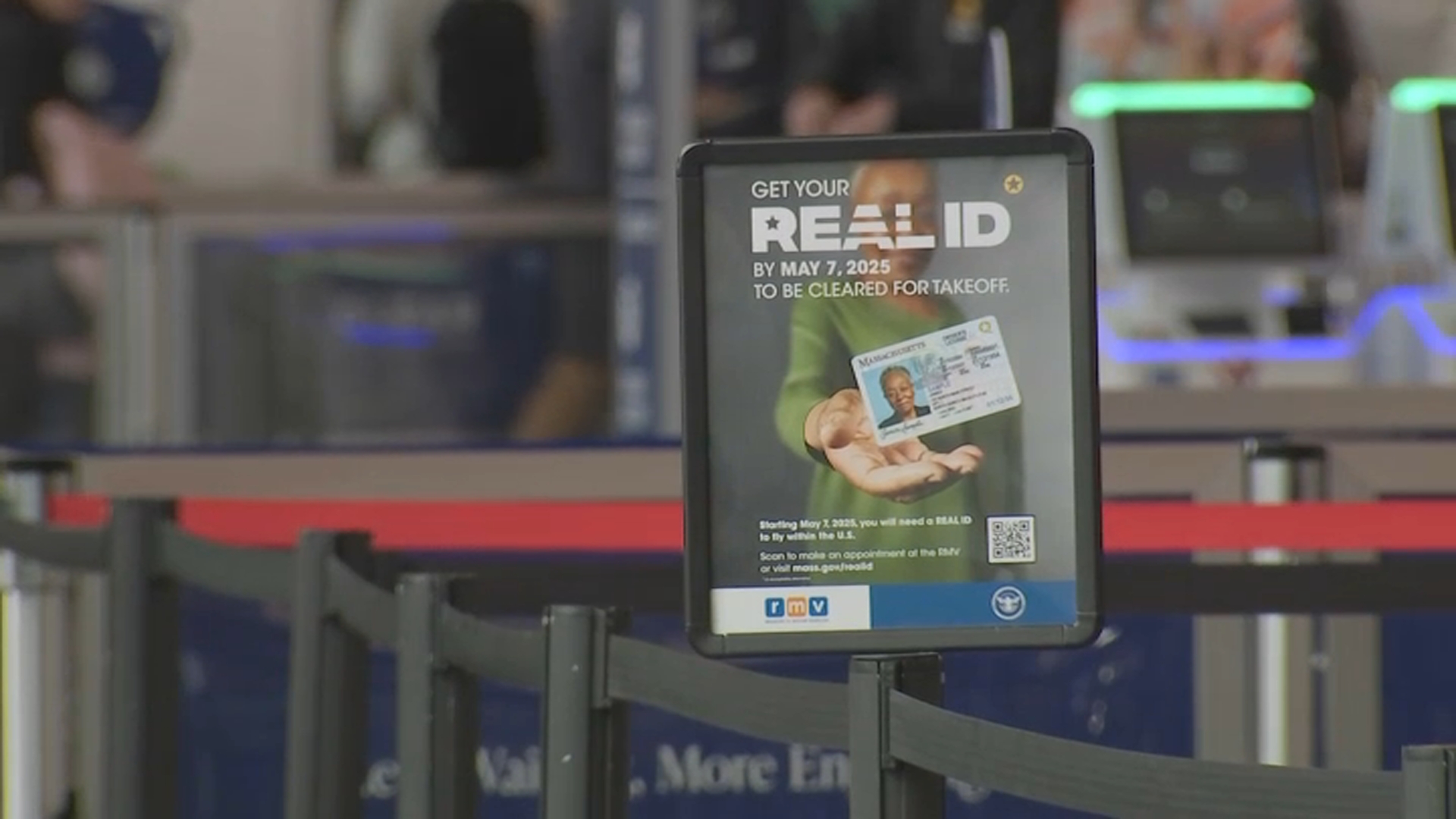JFK Security Breach: Woman Sneaks Onto Paris Flight!
Caught on Camera: Woman's Bold JFK-to-Paris Flight Stunt Revealed!
Introduction: How Did She Do It? The JFK Airport Mystery Unfolds
Ever wonder how secure our airports really are? Well, buckle up, because the New York Port Authority just dropped a bombshell – video footage of a woman allegedly sneaking onto a JFK-to-Paris flight! Yes, you read that right. It sounds like something straight out of a movie, doesn't it? But this is real life, and it raises some serious questions about airport security. How could someone bypass multiple checkpoints and board an international flight without a boarding pass? Let's dive into the details and explore this baffling case.
Svetlana Dali: The Woman at the Center of the Controversy
The individual at the heart of this airport drama is Svetlana Dali, a 57-year-old woman. According to an FBI criminal complaint, Dali managed to board a Delta flight from John F. Kennedy International Airport to Charles de Gaulle Airport on November 26, 2024. The complaint states that agents were preoccupied with assisting other passengers and "did not stop her or ask her to present a boarding pass." This detail alone is pretty shocking, isn't it?
Bypassing Security: A Step-by-Step Breakdown
The Transportation Security Administration (TSA) spokesperson confirmed that Dali bypassed not one, but two security and ticketing checkpoints before boarding the plane. That’s two opportunities where she should have been stopped! It’s like trying to run through two brick walls, but somehow finding a loophole.
The Released Footage: What Does It Show?
The newly released video footage is crucial to understanding how this all happened. According to authorities, the video shows Dali going through airport security. She was initially rejected by TSA agents for failing to show a boarding pass. But here's the kicker: she later managed to clear security through a special lane designated for airline workers.
The Airline Worker Lane: A Critical Security Flaw?
How did Dali gain access to the airline worker lane? Was it a genuine mistake on the part of the TSA agents, or did Dali somehow exploit the system? The investigation is likely focusing on how this particular lane is monitored and secured. Is this a weakness in the overall security protocol? The answer might be more complex than we think.
FBI Investigation: What Are They Looking For?
The FBI is actively investigating this incident, and the criminal complaint suggests that they are taking it very seriously. Their focus will likely be on determining Dali’s motives, understanding how she managed to bypass security measures, and identifying any potential security vulnerabilities that she may have exploited. Was this a calculated act, or a case of extraordinary luck?
Potential Penalties: What Could Dali Face?
If found guilty, Dali could face significant penalties. Depending on the charges, these could range from fines to imprisonment. The severity of the punishment will likely depend on the intent behind her actions and the potential risk she posed to the safety of the flight and its passengers.
Airport Security Under Scrutiny: Is It Tight Enough?
This incident inevitably raises questions about the effectiveness of airport security. Are current measures adequate to prevent unauthorized individuals from boarding flights? The fact that someone could bypass multiple checkpoints highlights potential weaknesses in the system that need to be addressed. Is airport security a false sense of safety? That’s what many are wondering.
TSA's Response: What Are They Doing About It?
Reviewing Security Protocols
In the wake of this incident, the TSA is likely reviewing its security protocols to identify and address any vulnerabilities. This may involve increased screening procedures, enhanced monitoring of security lanes, and additional training for TSA agents.
Implementing New Technologies
The TSA may also explore the implementation of new technologies to improve security. This could include advanced biometric identification systems, enhanced video surveillance, and improved screening equipment.
Delta's Perspective: What Does the Airline Say?
Delta Air Lines is undoubtedly cooperating with the investigation and conducting its own internal review of the incident. They will likely be examining their boarding procedures and working with airport authorities to enhance security measures. Imagine being the airline! This incident has given them a major headache.
Public Reaction: Fear, Frustration, and Questions
Unsurprisingly, the public reaction to this news has been a mixture of fear, frustration, and concern. Many are questioning how such a security breach could occur and demanding answers from airport authorities and the TSA. This incident is a wake-up call for everyone who relies on air travel.
Similar Incidents: A Pattern of Security Lapses?
While this particular incident is unique in its details, it's not entirely unprecedented. There have been other cases of individuals attempting to board flights without proper documentation. Examining these past incidents can provide valuable insights into potential security weaknesses and help prevent future occurrences.
The Future of Airport Security: What Changes Can We Expect?
This incident is likely to lead to significant changes in airport security. We can expect to see stricter screening procedures, increased surveillance, and the implementation of new technologies. The goal is to create a more secure and resilient airport environment that can prevent similar incidents from happening in the future. Is this incident a catalyst for positive change in airport security? Time will tell.
The Bigger Picture: Balancing Security and Convenience
Ultimately, the challenge lies in finding a balance between security and convenience. While enhanced security measures are essential to prevent threats, they must also be implemented in a way that minimizes disruption to travelers. The key is to create a system that is both effective and efficient.
Conclusion: Key Takeaways from the JFK Airport Security Breach
The Svetlana Dali case has highlighted potential vulnerabilities in airport security and raised important questions about the effectiveness of current measures. The released video footage provides a glimpse into how she managed to bypass security checkpoints and board a flight without a boarding pass. This incident serves as a reminder of the need for constant vigilance and continuous improvement in airport security protocols. The investigation is ongoing, and the outcome will undoubtedly have significant implications for the future of air travel security.
Frequently Asked Questions (FAQs)
- How did Svetlana Dali allegedly manage to board the flight without a boarding pass?
According to reports, Dali bypassed two security checkpoints and, after initially being rejected, cleared security in a lane designated for airline workers. The exact details of how she gained access to this lane are still under investigation.
- What potential penalties could Svetlana Dali face if convicted?
The potential penalties would depend on the specific charges filed. They could range from fines to imprisonment, depending on the severity of the charges and the intent behind her actions.
- What steps are the TSA taking to prevent similar incidents in the future?
The TSA is likely reviewing its security protocols, enhancing monitoring of security lanes, providing additional training for agents, and exploring the implementation of new technologies to improve security.
- How does this incident impact public confidence in airport security?
Incidents like this can erode public confidence in airport security. It highlights potential weaknesses in the system and raises concerns about the effectiveness of current measures. Authorities need to take swift action to address these concerns and restore public trust.
- What can travelers do to help improve airport security?
Travelers can play a role by remaining vigilant, reporting any suspicious activity, and following all security procedures. By being aware and cooperative, travelers can help create a safer airport environment for everyone.
